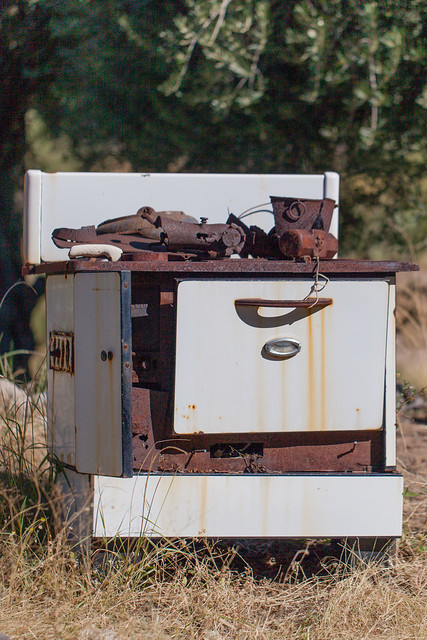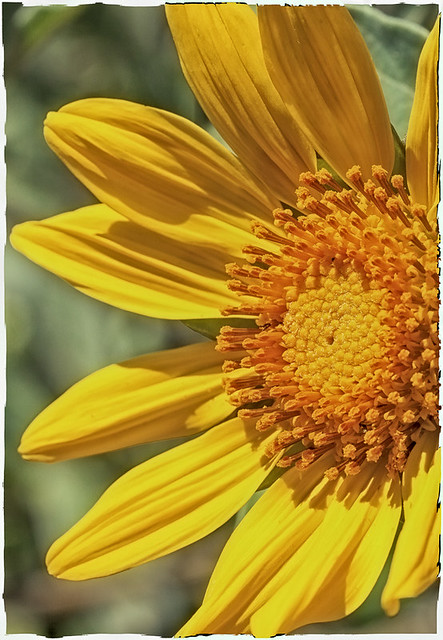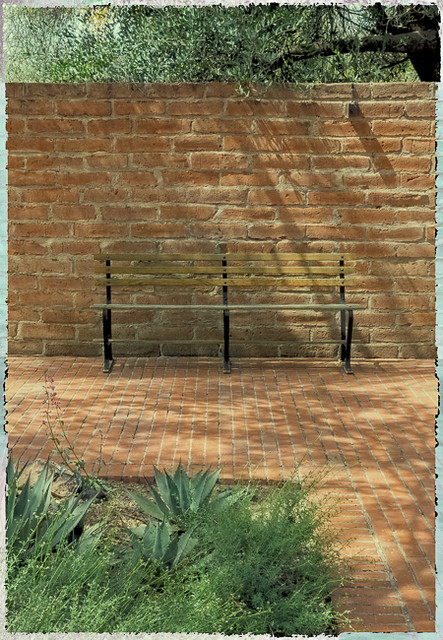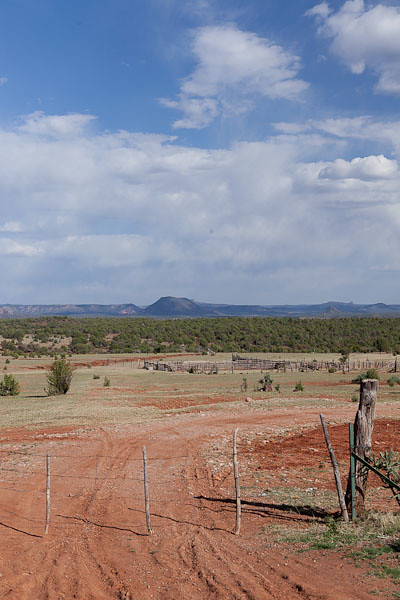Chihuly in the Garden is the second exhibit of glass artist Dale Chihuly held at Phoenix’s Desert Botanical Gardens.
I was lucky enough to attend Chihuly’s first exhibit, The Nature of Glass, in the winter of 2008. I fell in love with his signature hand-blown glass art sculptures. When I discovered a second Chihuly exhibit was returning this winter/spring, I knew I would be back, too.
This time I went better prepared, with six more years of experience with photography, and the proper equipment — a tripod — to handle low light, long exposures. (Still processing the night photos — coming soon!)
This exhibit is Chihuly’s twelfth installation in an outdoor botanical garden setting.
There are 21 installations in the Phoenix exhibition. I saw 16 of them in a whirlwind 4 hours. I wasn’t planning on making the trip to Phoenix again, and so I tried to see as much as I could — not the way I prefer to see art in any setting. I did take extra time at each installation, just to take in the art glass in desert surroundings, but I seldom had as much time as I would have liked.
Now I’m planning a return visit, determined to build more time into the visit for pure appreciation.
The exhibition is strategically placed on 55 acres of the 140 acre garden.
There are 21 installations. Major installations are at the entrance, groupings of slender reeds follow pathways, and large works of art highlight the desert landscape. The Blue Fiori Sun, completed in 2013, is one of two major installations at the entrance.
A 2010 creation, Sapphire Sun, greets all visitors as they walk through the gates. Just beyond that global wonder in the Blue Fiori Sun set amid cholla, barrel cacti, and yucca.
[Chihuly] “produces the psychedelic experience of a magical, glowing, and sparkling, brilliantly alive panorama without drugs. This enchanted glass world has as much to do with Alice in Wonderland and the Wizard of Oz as it does with the great Renaissance and Baroque festivals that sovereigns arranged to entertain their courts and subjects.”
Barbara Rose, Dale Chihuly’s Paradise Regained
I love how the glass art nestles into the nearby landscape, giving it the appearance of a desert life form.
A highly unlikely blue color, but still, the art looked as if it truly belonged there, as if it had grown organically from the desert ground. I love the natural desert, solitary walks in the wilderness desert, but Chihuly offers a unique, mind-stretching experience in a desert based garden.
More Chihuly: The Night Show
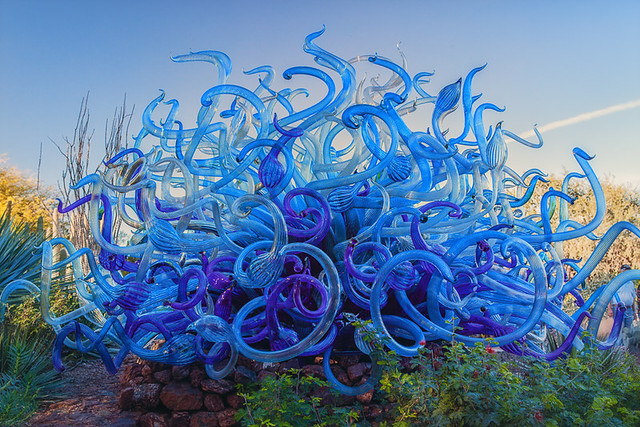
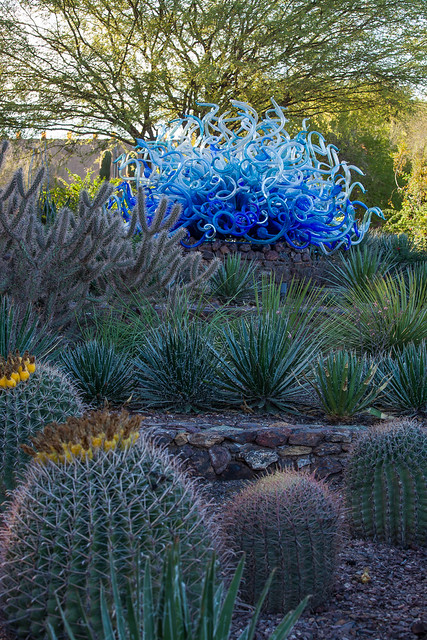
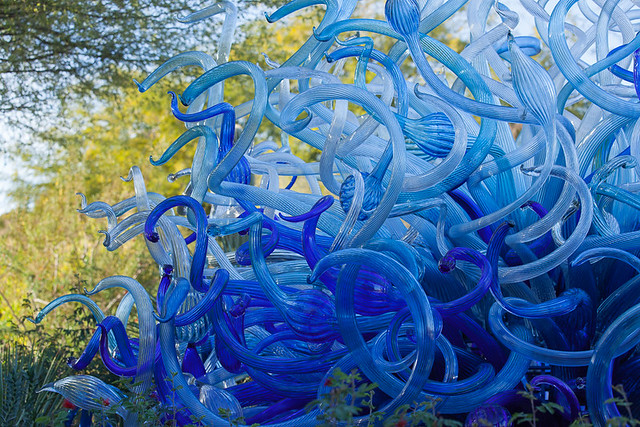

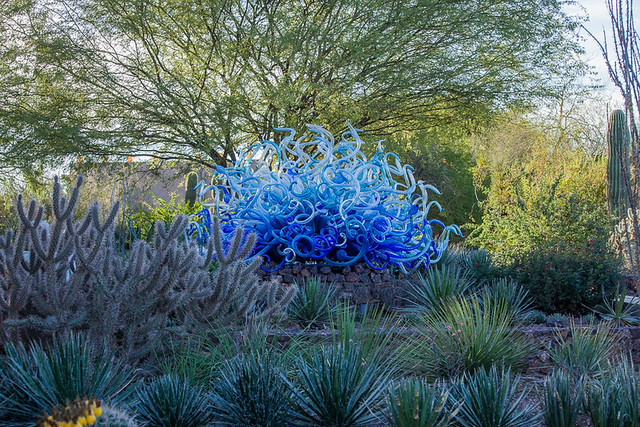
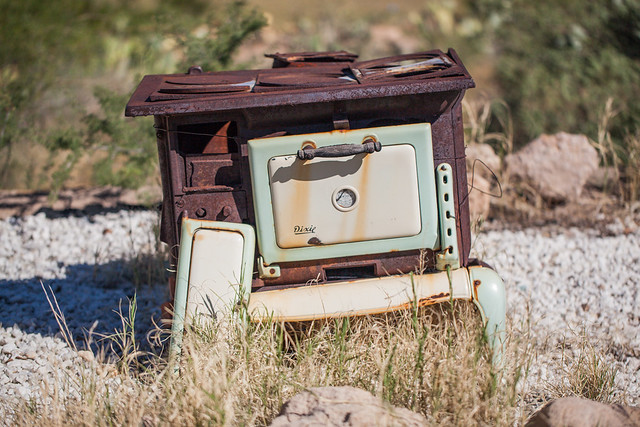
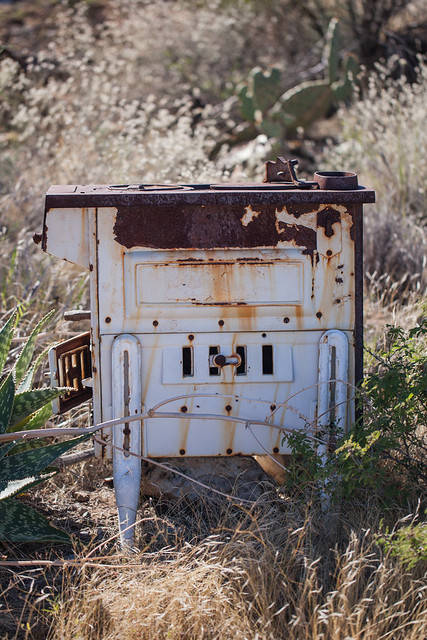
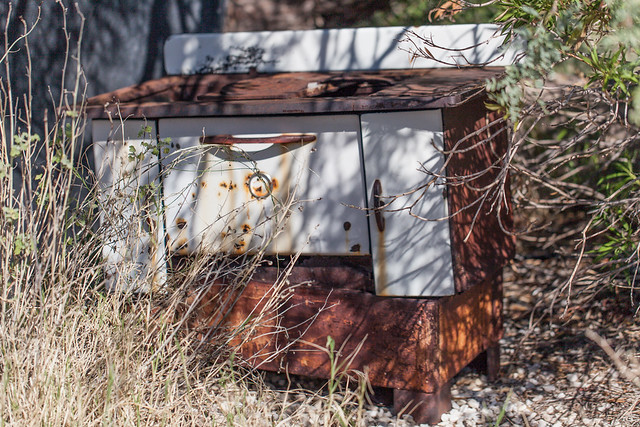
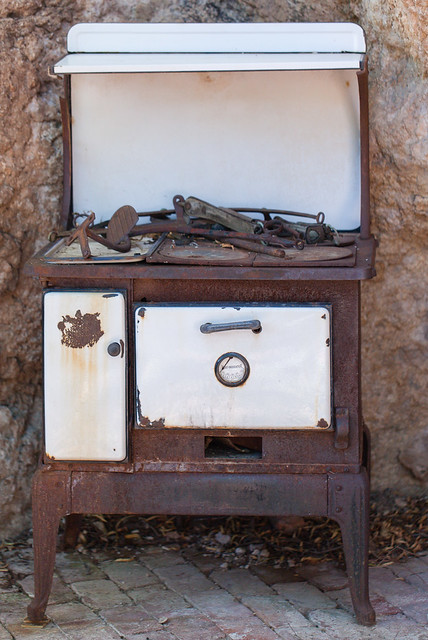
 nj]
nj]